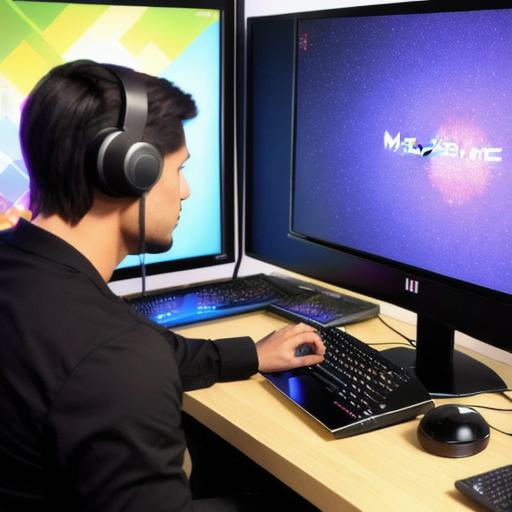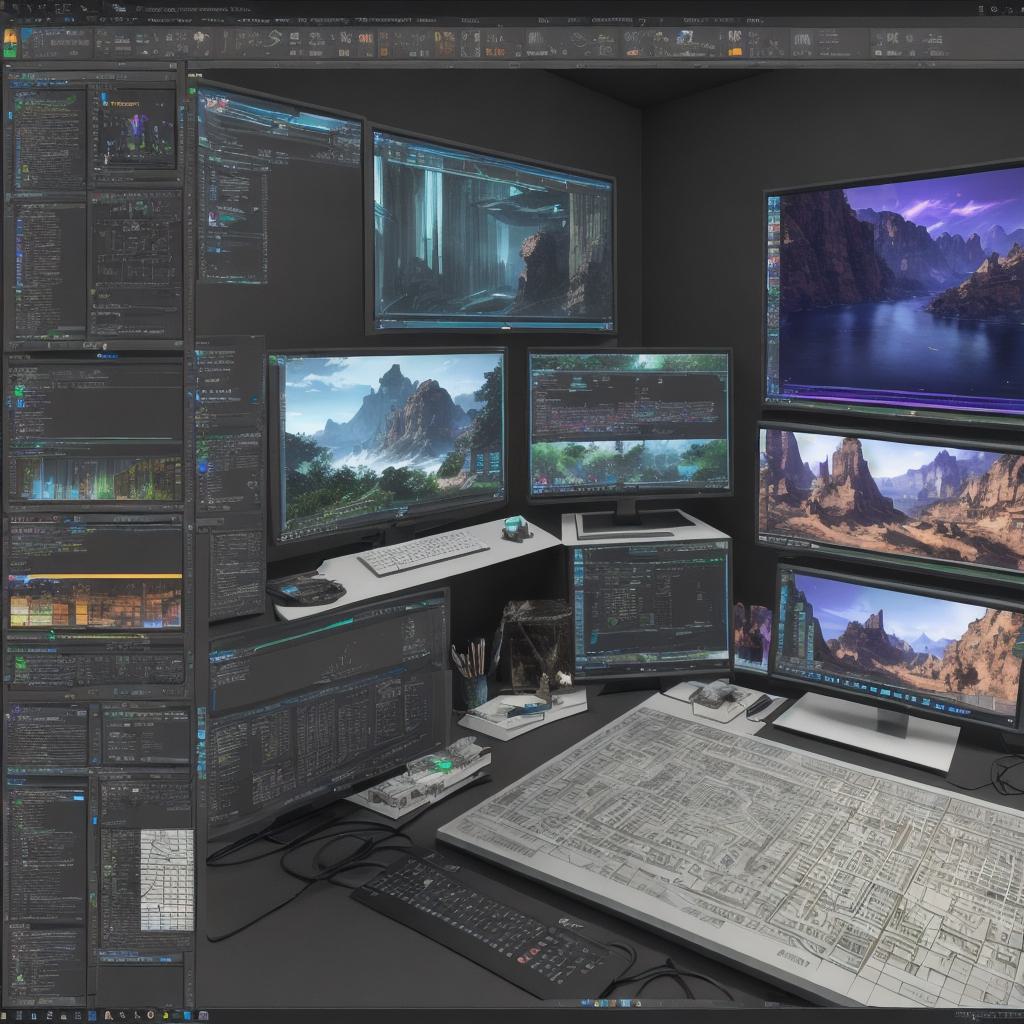The metaverse, a collective virtual shared space, is increasingly becoming a topic of interest for many. While virtual reality (VR) technology offers an immersive experience, not everyone has access to it. Let’s delve into how you can access the metaverse without relying on VR technology.
1. Two-Dimensional Metaverses
The simplest way to enter the metaverse is by using two-dimensional interfaces, such as websites or applications. These platforms offer 2D representations of virtual worlds where users can interact with others, create content, and participate in various activities. Examples include Second Life, Minecraft, and Roblox.
2. Desktop Interfaces

Another way to access the metaverse is through desktop interfaces like Unity3D or Unreal Engine. These software tools allow users to design, build, and manage their virtual environments. They offer more flexibility than web-based platforms and provide a richer experience. However, creating content from scratch can be time-consuming and requires technical skills.
3. Mobile Devices
Many metaverse platforms are available on mobile devices, making them an accessible option for those without VR headsets. Games like Pokémon Go and ARKit apps provide augmented reality experiences that blend the real world with virtual elements. Additionally, social media platforms like Facebook Horizon and Instagram are developing metaverse features for mobile users.
4. Console Gaming

Console gaming provides another avenue to enter the metaverse. Games like Minecraft, Fortnite, and Grand Theft Auto V offer rich virtual worlds where players can interact with each other in real-time. While these games may not offer the same level of immersion as VR experiences, they provide a more accessible entry point into the metaverse.
5. Web3 Applications
Decentralized applications or web3 applications are built using blockchain technology and offer users true ownership of their digital assets and identities. Platforms like Decentraland, Sandbox, and Theta Network provide virtual worlds where users can create, buy, sell, and interact with others in a decentralized manner. These applications often use 3D renderings and offer a more immersive experience than traditional web-based platforms.
Summary
In conclusion, accessing the metaverse without virtual reality technology is possible through various means, including two-dimensional interfaces, desktop applications, mobile devices, console gaming, and web3 applications. These options cater to different user preferences and technical capabilities, ensuring that the metaverse remains accessible to a diverse audience. As technology continues to evolve, we can expect even more innovative ways to explore this virtual shared space.
